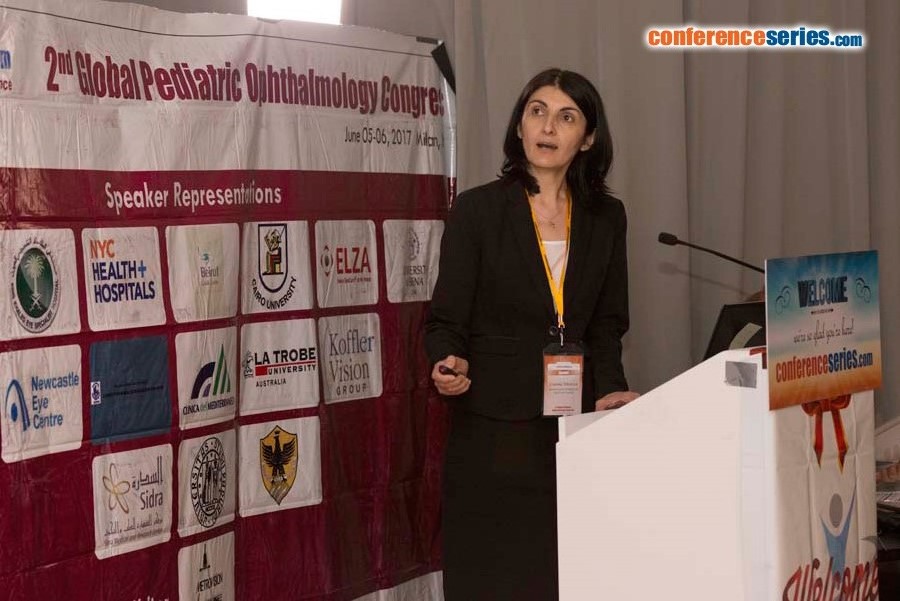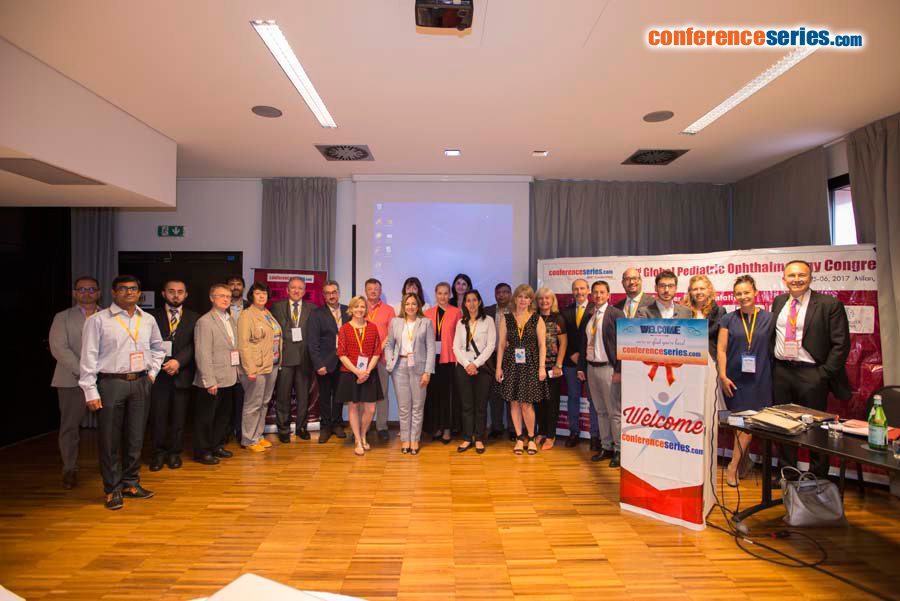Cristina Nitulescu
National Institute for Mother and Child Health, Romania
Title: Retinopathy of prematurity in Romania
Biography
Biography: Cristina Nitulescu
Abstract
Statement of the Problem: Retinopathy of prematurity (ROP) is the leading cause of childhood blindness in the world, but ROP detected and treated early is one of the most cost-effective preventions in all of medicine.
Purpose: Analysis of challenges and gaps in ROP National Program in Romania.
Methodology & Theoretical Orientation: In Romania the treatment of threshold ROP is based on the international classifying criteria for ROP (International Classification of Retinopathy of Prematurity) and on the results of the Early Treatment for Retinopathy of Prematurity Study – ETROP. There are few ROP cases presented with different treatment approaches for “threshold stage”- laser therapy, intra-ocular injection with Bevacizumab (Avastin), vitreoretinal surgery, alone or combined the evolution after treatment, as well as the reasons for unfavorable result in some cases.
Findings: The disease completely regressed after treatment for all the babies screened and treated in time. All the babies who progressed to retinal detachment were referred too late for screening. The standard of neonatal care is critical with respect to the risk of ROP.
Conclusion & Significance: The most important step in treating ROP is a good screening program. Laser therapy is the “gold” standard treatment for threshold ROP. Intra-ocular injection with Avastin is a therapeutic option for aggressive cases and for sick infants. We need a pediatric vitreoretinal surgery unit in Romania. In Romania, there is need more ophthalmologists specialized for ROP screening. The lack of screeners is opening doors to telemedicine, to ensure that every child at risk receives effective screening and treatment. The results of the screening program depend on a large measure on a good collaboration with neonatologists, pediatricians and parents.



